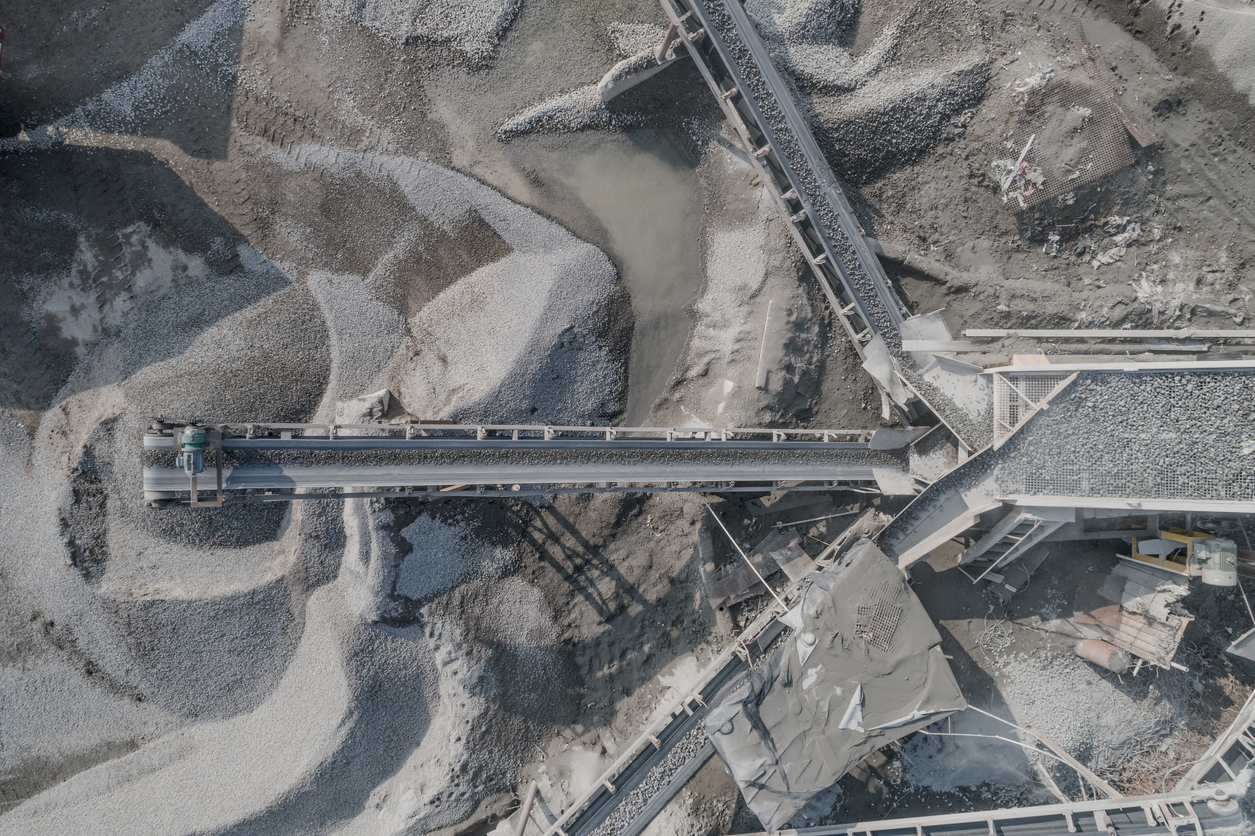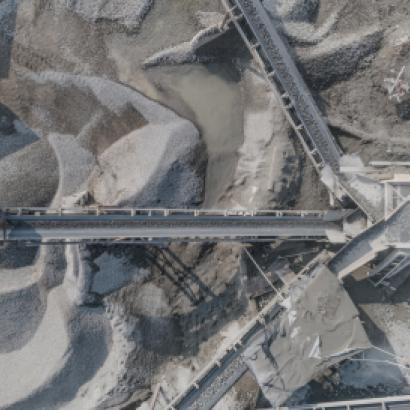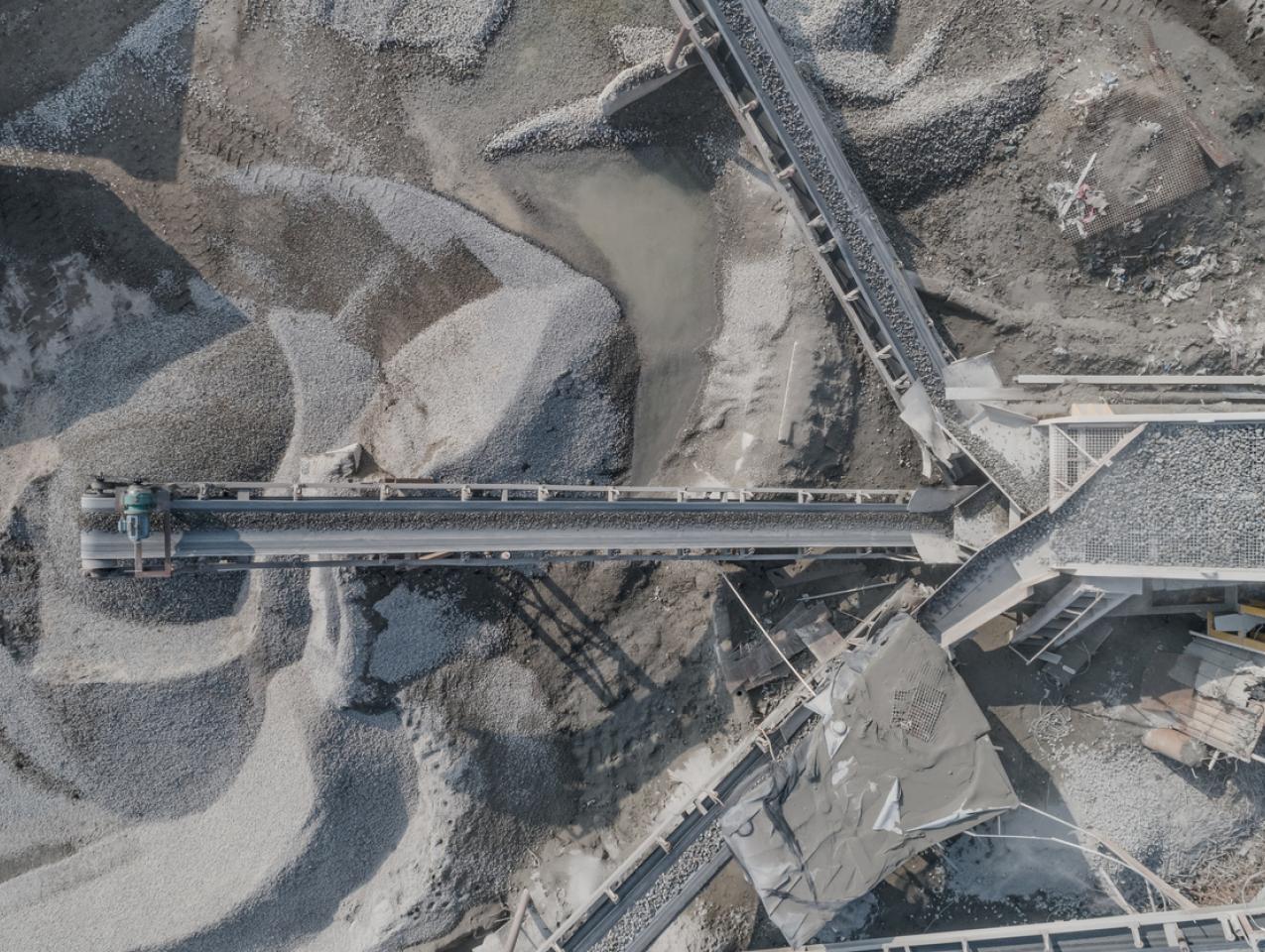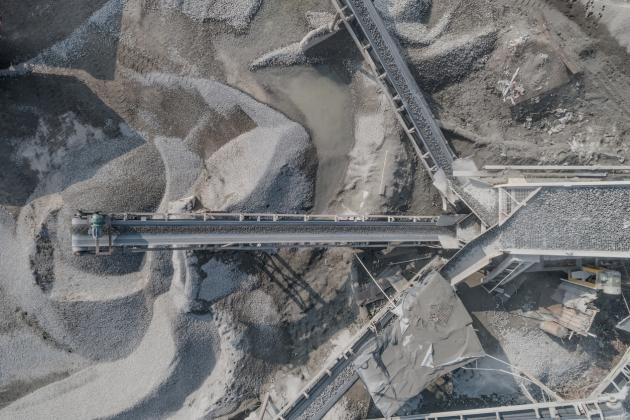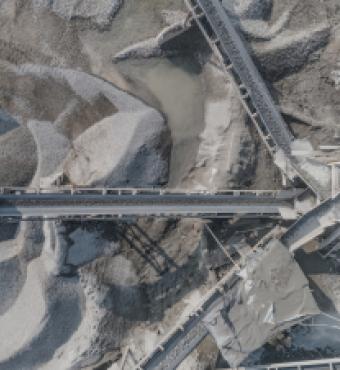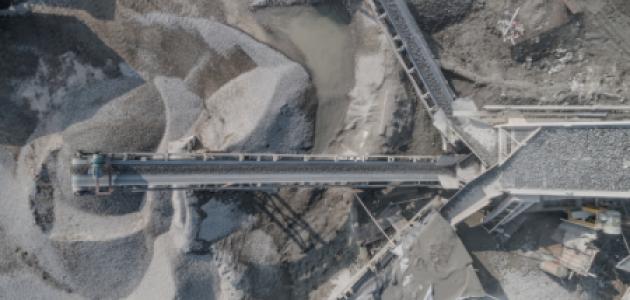- Security & Defense
Summary
Demand for critical materials is growing quickly, driven by the energy transition. Here we focus on just two of those critical materials: rare earth elements (REEs) and lithium. Demand for REEs, important for electric vehicles (EVs), wind turbines, smartphones, high-performance magnets, and many other commercial and national security applications, is projected to double between 2021 and 2030. And demand for lithium, important for batteries for EVs and grid storage, is projected to quadruple over the same time period. China now dominates the extraction and processing of REEs and the processing of lithium and other critical minerals that will play a central role in the energy transition.
The purpose of this report is to document the progress that is being made in expanding the extraction and processing of critical materials in the United States and in reliable partners, and in diversifying critical material supply chains. As discussed in our first case study on REEs, in 2010 China was responsible for more than 95 percent of global extraction. Expansion of extraction in Australia, the United States, and elsewhere has since reduced China’s share of rare earth extraction to about 60 percent. Meanwhile, US extraction of rare earths has increased from zero to about 16 percent of global supply (see table 1).
| TABLE 1 SHARES OF GLOBAL EXTRACTION OF RARE EARTH ELEMENTS | ||
|---|---|---|
| 2010 | 2022 | |
| China | 95% | 60% |
| United States | 0% | 16% |
Processing of REEs is still heavily concentrated in China, with about an 85 percent market share. But discernible progress toward increasing diversity in processing REEs is underway as well, with facilities being constructed in California and Texas for refining REEs, where initial shipments of refined products are planned for this year.
The story is similar for lithium, the subject of our second case study. Lithium is a key component of batteries for electric vehicles and short-duration grid storage applications. China holds about a 60 percent share of lithium processing, largely because Australia (the world’s largest lithium miner) has traditionally sent its ore concentrate to China for processing into battery-grade lithium compounds. The first lithium processing facility in Australia opened in 2022, and Australia aims for 10 percent of the global market in lithium battery materials by 2024 and 20 percent by 2027. Work is underway in the United States, Australia, and South America to substantially expand lithium extraction and processing and reduce the global dependence on China.
There is a long way to go, and much work to be done, to assure a sufficient and reliable supply of critical materials for the energy transition and other important commercial and national security purposes. With a typical timescale for mining and processing projects on the order of sixteen years for permitting, construction, and commissioning, there is uncertainty whether supply will align with demand. Prices are likely to continue to be volatile. But discernible progress is being made.
We examine the interplay of market forces, government policies, and technology in promoting expansion of the supply of critical materials. Market forces at work include rising prices, increased capital investment, and growing demand from users of rare earth magnets and lithium battery materials. In addition, government policies have been adopted that aim to increase the supply by domestic producers and reliable partner nations of materials critical to the US economy and national security. Technology can play an important role in reducing environmental impact (by recycling water used in processing, for example) and making extraction and refining more efficient and less wasteful. And technology can potentially provide alternatives to critical materials for certain applications, opening up alternative paths to achieving energy transition goals. We identify evidence that market forces, government policy, and technology are beginning to have the desired effect of increasing supply and reducing dependence on China for critical minerals.
We focus on REEs and lithium, recognizing that many other materials will also play crucial roles, including copper and nickel. Many of our observations are likely to be applicable to those cases as well.
Progress on Critical Materials Resilience by Hoover Institution







